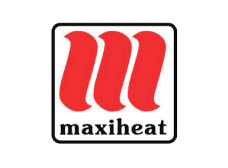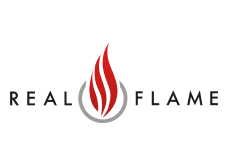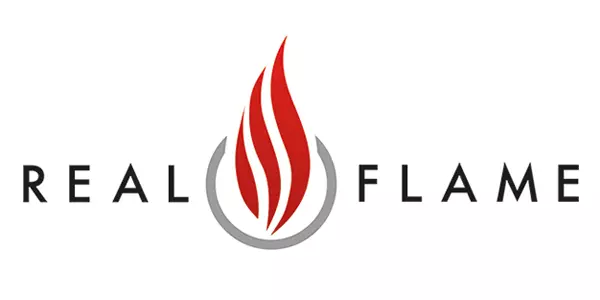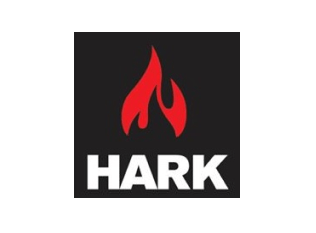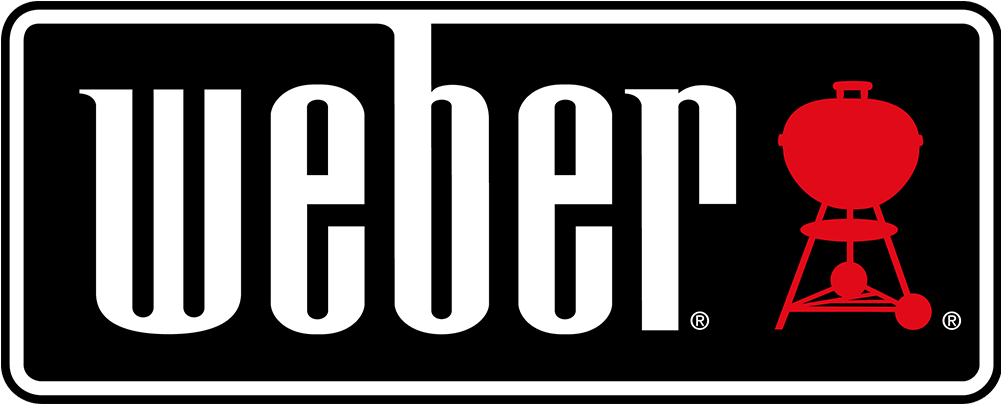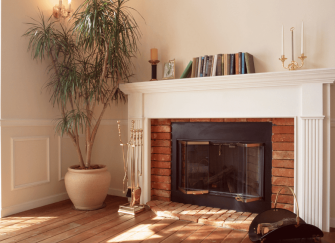Snuggling up in front of a warm flickering fire is one of life’s pleasures. Whether you choose a real wood type or one of the stunning state-of-the-art electric LED log types with ultra-realistic flickering flames, you can guarantee a cosy, relaxing evening.
With so many types of fires to choose from, it’s no wonder that many Sydney residents are considering the costs and benefits and looking into the pros and cons of wood vs electric fires.
As one of Sydney’s foremost fireplace retailers, there’s not much we don’t know! So join us in our helpful electric vs wood fire comparison, so you can make the right choice for you.
Let’s start with something that’s become a significant talking point over the last couple of years and is becoming more and more relevant.
The Environment
Anyone living in Sydney looking how to make a house into a home with a fireplace may have watched recent news reports of the environmental impact of the fuels we burn.
According to a December 2020 update from climate change experts, CSIRO Australia has emitted a staggering 499 million tonnes of carbon dioxide, with fossil fuels accounting for 9.1 billion tonnes a year.
With climate change issues being in the news headlines and a constant source of debate, it can be a consideration for anyone tackling the wood vs electric fire debate.
It is a concern for many when comparing gas vs electric wood fires that many potential purchasers have concerns about the environmental impact of wood fires.
There is a common misunderstanding that wood fires should be avoided and are bad for the environment.
When we compare wood and electric fires, it’s worth knowing that wood burners are carbon neutral as any CO2 released into the atmosphere is reabsorbed by sapling trees which are plants that help complete the carbon cycle.
Both wood and electric fires are carbon neutral
So for anyone in Sydney deciding whether a wood or electric fire is best, it’s worth understanding that on the environmental front, both electric and wood fires are carbon neutral depending on the type of fuel you use.
So, for instance, if you are burning wet wood or the kind of wood packed full of chemicals, then this will play its part in pollution.
Choosing a higher quality, clean kiln-dried type of wood fuel will not release dangerous chemicals into the air. This fuel has very low moisture content and is a sustainable way to help you prioritise environmental needs.
Other state-of-the-art clean-burning fires, such as those using Hybrid-Fyre™ technology, can mean virtually no smoke. An uber-clean burn means you can enjoy the beauty of a wood fire without a carbon footprint.
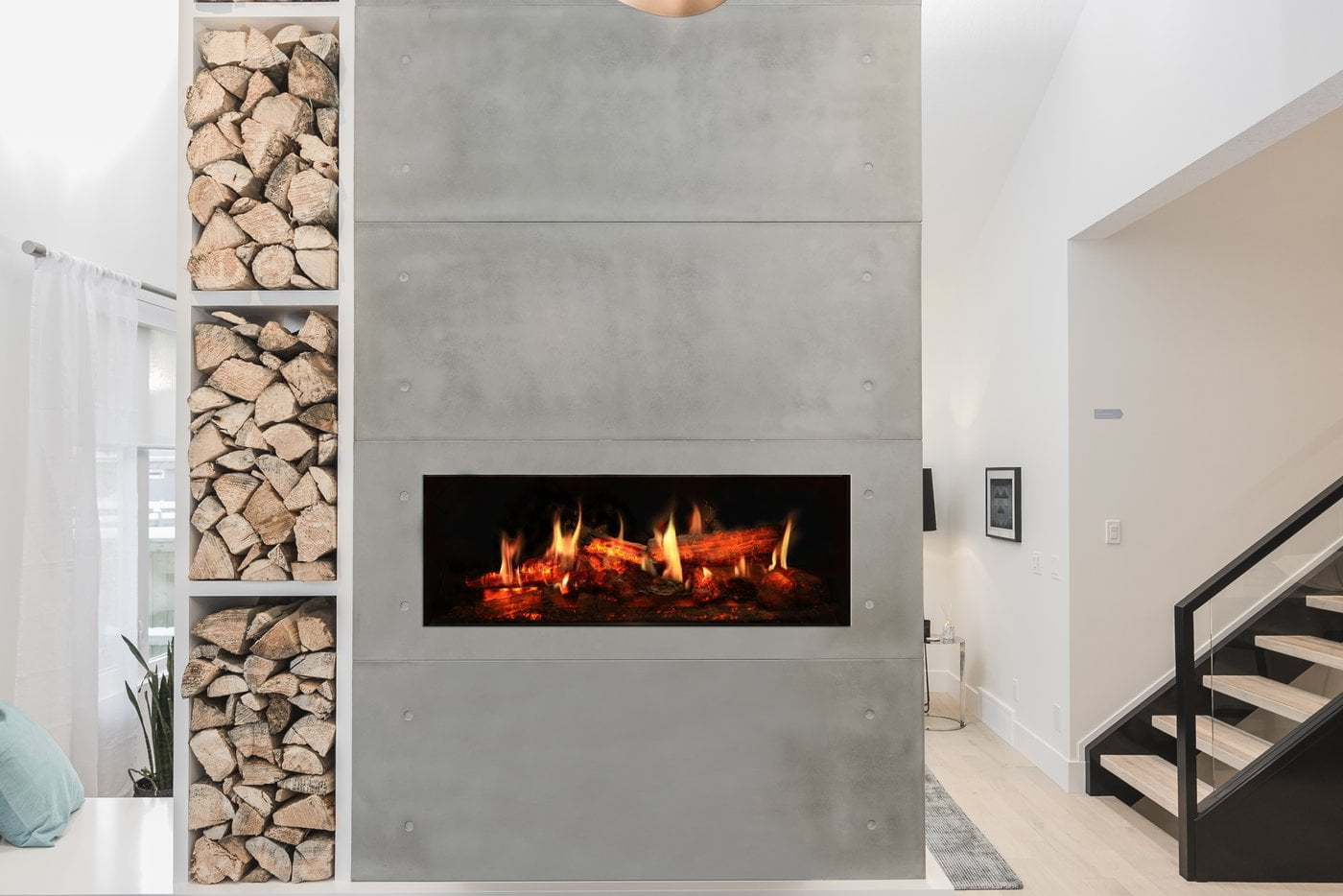
Wood Fires vs Electric Fires – Cost
So now you know that you can enjoy the comfort and beauty of a real wood fire without worrying about the environmental impact, let’s get on to the next important consideration, the cost.
So although running and installation costs are important it’s worth comparing the actual buying costs of each unit.
Electric fires
It’s no surprise that electric fires are one of the cheapest types of fires to buy. Not only are they super efficient, but they are also extremely cost-effective for anyone on a lower budget.
You can buy a quality electric fire for under $1500. Still, the sky’s the limit when it comes to state-of-the-art high-end types, which come in at around $6000 which include innovative HD technology to create a virtual fireplace experience that provides ultra-realistic flickering flames and sparks.
Wood burners
it’s not surprising that the charming aesthetics of a wood burner does come with a price tag. However, you might be pleasantly surprised to discover that the costs of the units don’t differ hugely between some electric types. This is if you compare like for like, and don’t try to compare a luxury built-in wood burner with an entry-level electric fire.
With wood burners, the cost does alter whether you opt for a freestanding type or a built-in model.
A built-in model is designed to give you all the benefits of a traditional open fireplace but seamlessly integrate into your existing brick chimney. At the lower end of built-in wood burners, it’s exciting to realise that for as little as under $1900; you can enjoy a stylish but cosy real fire.
However, it’s great to know that free-standing wood burners come with a ten-year guarantee and can cost as little as under $1400.
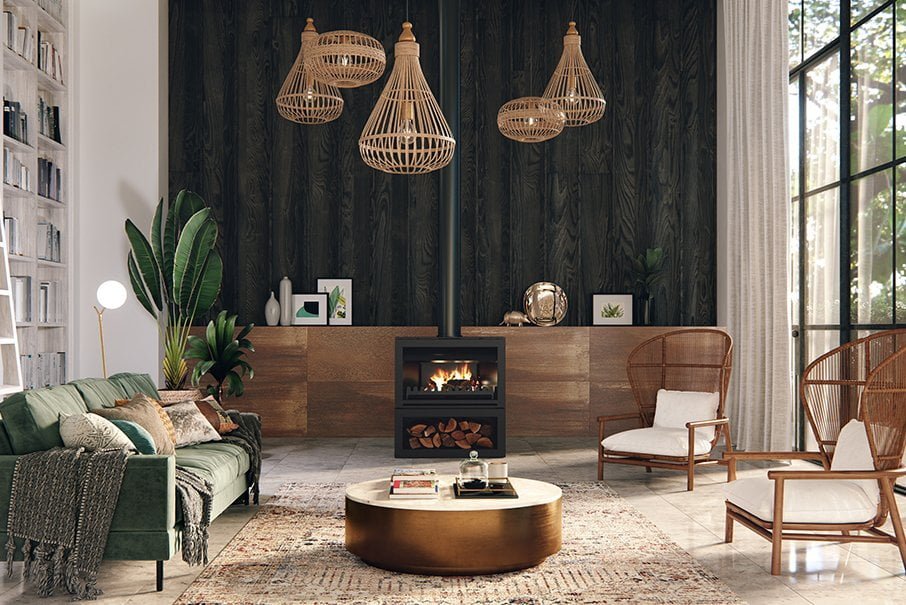
Cost to Install – Wood vs Electric Fires
An electric fireplace costs nothing to install. It just needs plugging in. So in this comparison, an electric fire wins hands down.
A wood burner will have different installation costs depending on what you already have or might need to buy. The main consideration is your chimney. If you have one, then it will be a lower outlay for installation.
In general, if you have an existing chimney, installation can be around $1400 to about $2500.
The higher cost would be if you needed to get your chimney flue lined and other associated requirements.
Here are a few criteria which will affect the installation cost of a wood burner:
- You may need your fireplace resized
- Flue lined
- A false chimney might need to be built
- Whether you require built-in-log storage
- If you have to organise the removal of existing gas or electric fire
Electric vs Wood Fire – Running Costs
Overall a wood fire once installed has low running costs when compared with an electric fire.
The sudden enormous increase in energy bills is one reason many Australians are looking to switch to a wood fire.
Depending on the cost of your electricity, wood fires can be an ongoing much cheaper alternative, according to experts.
In the wood vs electric fire debacle, it’s worth understanding that a wood fire should be seen as an investment rather than a quick way to save on energy bills. The installation cost should be considered as a long-term financial investment.
In Summary
We hope that’s given you some details about the cost benefits of the wood or electric fire debate. Choosing a fireplace, whether wood or electric, to become the heart of your home is much simpler with a bit of guidance!
As one of Sydney’s leading wood and electric fireplace specialists, don’t forget to head over to our store to discover a massive range of major brands under one roof. We can offer a personalised service, expert advice and the best prices.










